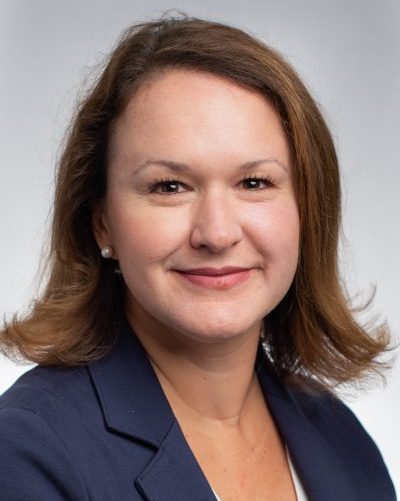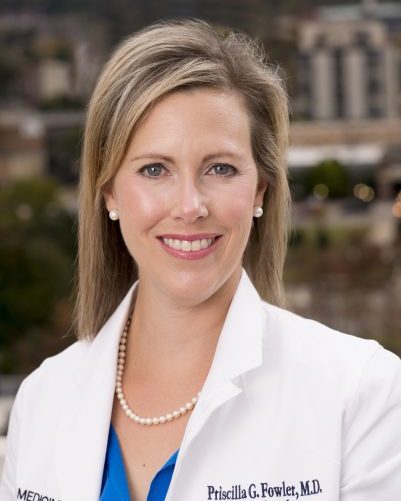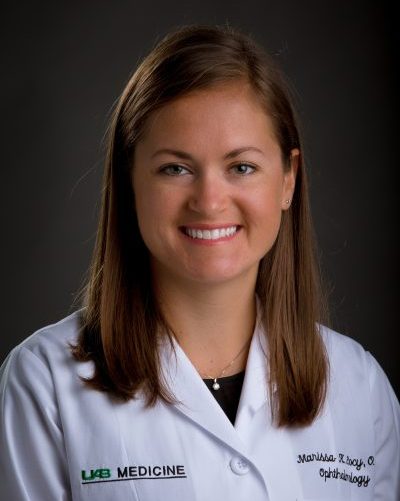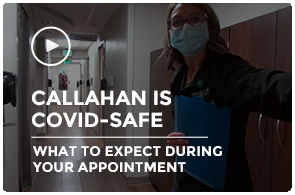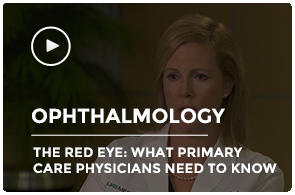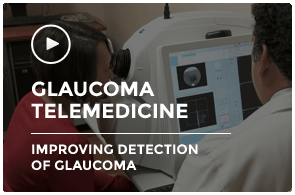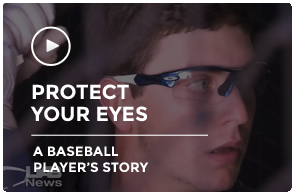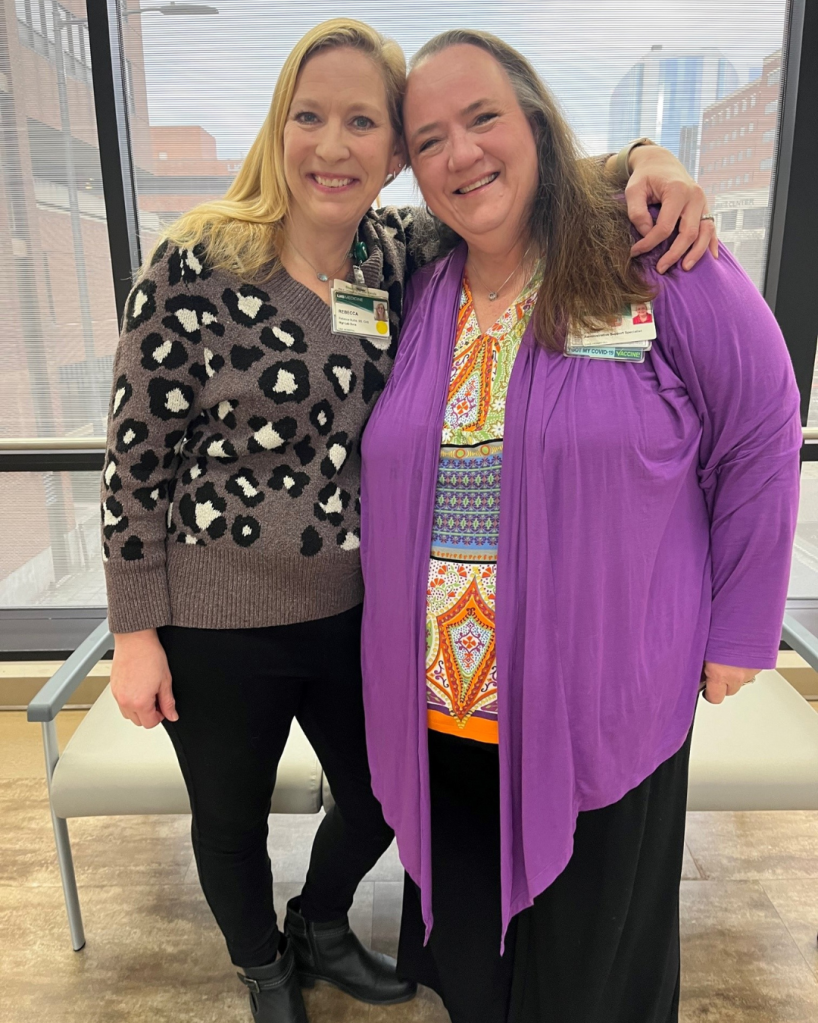Dry eye occurs when your eyes produce either too few tears or a poor quality of tears. Symptoms may include pain, light sensitivity, a gritty sensation, a feeling like something is in the eye, itching, redness, and blurry vision. Dry eye can cause changes in vision that affect your ability to perform daily tasks such as reading and driving. Factors that may contribute to the development of dry eye include excessive time spent looking at computer and smart phone screens, age, hormones, medication, and certain medical conditions.
The flow of tears is necessary to moisten and lubricate the eye’s surface. When the eye isn’t getting enough lubrication, it sends a message to the brain that triggers more lubrication, but sometimes those tears are mostly water and don’t coat the eye surface well. Tears are made of water for moisture, oils for lubrication, and mucus that helps the tears spread properly. The normal production of these components creates a three-layer “tear film” that protects the surface, helps prevent infection, and maintains comfort. A poor-quality tear film can cause dry eye.
There are two general types of dry eye: aqueous-deficient (a lack of production of the “watery” component of tears) and evaporative (a lack of production of the oily component of tears). Glands in the eyelids known as meibomian glands produce the oily portion of the tears, therefore any lack of production is termed meibomian gland dysfunction (MGD).
Because the condition tends to worsen over time, early diagnosis and prompt treatment of dry eye and MGD can prevent damage that leads to severe discomfort and vision problems later in life. Dry eye can also affect the success of surgical eye procedures, so the condition should be addressed before any type of vision correction procedure is attempted. Although dry eye cannot be cured, it is possible to relieve symptoms with eye drops and ointments, medication, or plugging some of the tear ducts to slow the drainage of tears once they collect on the eye’s surface. Certain new treatments can provide significant relief.
The specialists at UAB Callahan Eye use the most advanced technology and are known for working together to treat the full range of both common and complex corneal problems. From cataract and corneal surgeries to highly specialized contact lenses, Callahan features the expertise, experience, and cutting-edge equipment needed to treat the most challenging corneal conditions. Patients come here from around the world and nation because we don’t just treat eye disease – we empower patients to take control of their eye health.
Callahan is the only full-service facility in Alabama specializing in the diagnosis and treatment of the eye and one of only a few worldwide that is entirely devoted to advancements in ophthalmology. That reputation is supported by 16 operating rooms dedicated to eye surgery and a 24/7 eye emergency room that is the region’s only Level I Ocular Trauma Center. More than 15,000 surgeries are performed at UAB Callahan Eye Hospital each year, and we conduct more reconstructive eye procedures than any other facility in the world.
Our facility is home to more than two dozen ophthalmologists, many of whom are named among the top doctors in their fields nationally. Callahan is widely recognized for excellence in patient care, having consistently earned prestigious awards from health care consulting group Press Ganey, and in 2017 Callahan was named as one of the “100 Great Places to Work in Healthcare” by Becker’s Hospital Review.
Callahan also is known for pioneering developments in surgical instruments, devices, and procedures used by ophthalmologists across the globe. As part of the UAB Medicine academic medical center, Callahan is actively involved in ongoing research and clinical trials. Many of our ophthalmologists have received funding from prestigious research organizations and institutions and collaborate in clinical care to bring the latest in scientific discovery to our patients.
Care Providers
Videos
Resources
Related Specialties
Clinical Trials
Speak to your physician about your options and browse the link below for more information
Latest News
View All News-
Stay safe around fireworks: First aid and next steps for burns and eye injuries
June 13, 2025
-
Jarrod Johnson named CEO of UAB Callahan Eye
September 25, 2024
-
Artist Manjari Sharma explores ritual, identity, memory and mythology in new exhibitions
August 30, 2024
-
Landmark drug trial shows promising results for Pitt-Hopkins syndrome
July 5, 2024
-
Keep the fireworks fun in the sky and out of your eyes
June 28, 2024




